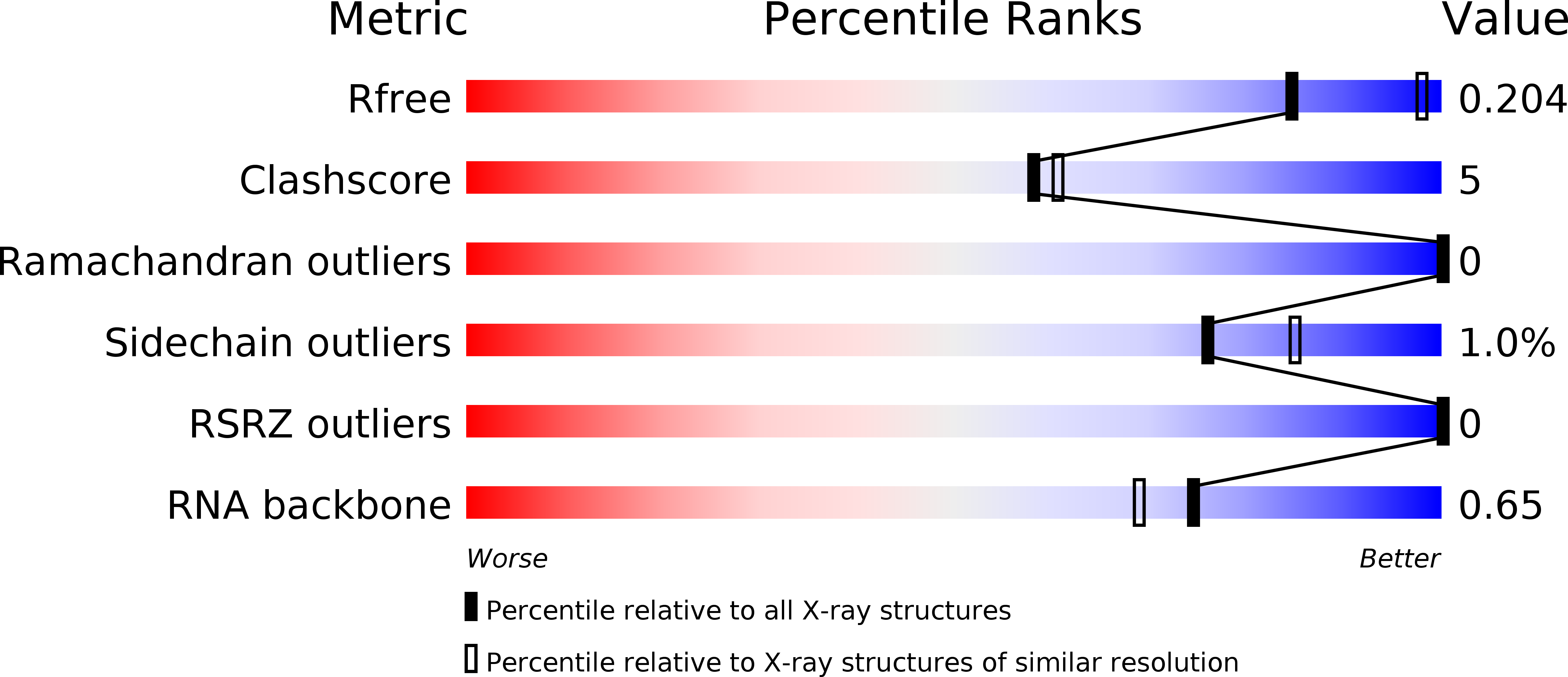
Deposition Date
2013-06-29
Release Date
2013-11-06
Last Version Date
2023-12-20
Entry Detail
PDB ID:
4BW0
Keywords:
Title:
The molecular recognition of kink turn structure by the L7Ae class of proteins
Biological Source:
Source Organism:
ARCHAEOGLOBUS FULGIDUS (Taxon ID: 2234)
HALOARCULA MARISMORTUI (Taxon ID: 2238)
HALOARCULA MARISMORTUI (Taxon ID: 2238)
Host Organism:
Method Details:
Experimental Method:
Resolution:
2.33 Å
R-Value Free:
0.20
R-Value Work:
0.18
R-Value Observed:
0.18
Space Group:
P 43 21 2


